This Nigerian architect wants to turn Africa’s water slums into floating cities
Nigerian architect Kunlè Adeyemi is re-imagining African’s water slums as floating islands.
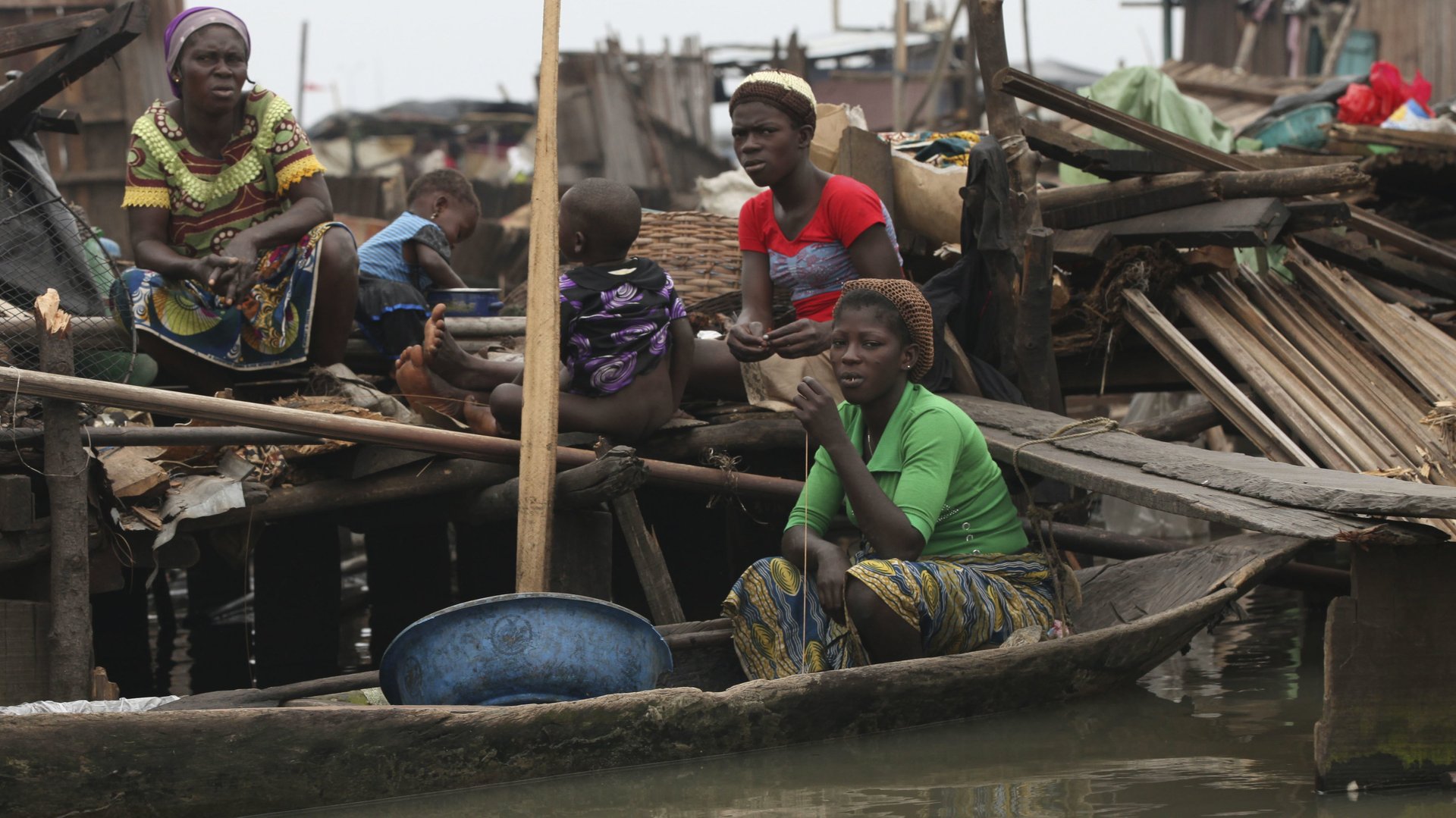

Nigerian architect Kunlè Adeyemi is re-imagining African’s water slums as floating islands.
Nearly 70% of Africa’s capital cities—like Lagos, Luanda and Kinshasa—are near water, with many urban dwellers living in bungalows, wooden structures and shacks on water. But rising sea levels, increasing rainfall and climate change threaten many of these structures, leaving water slum residents vulnerable to flooding.
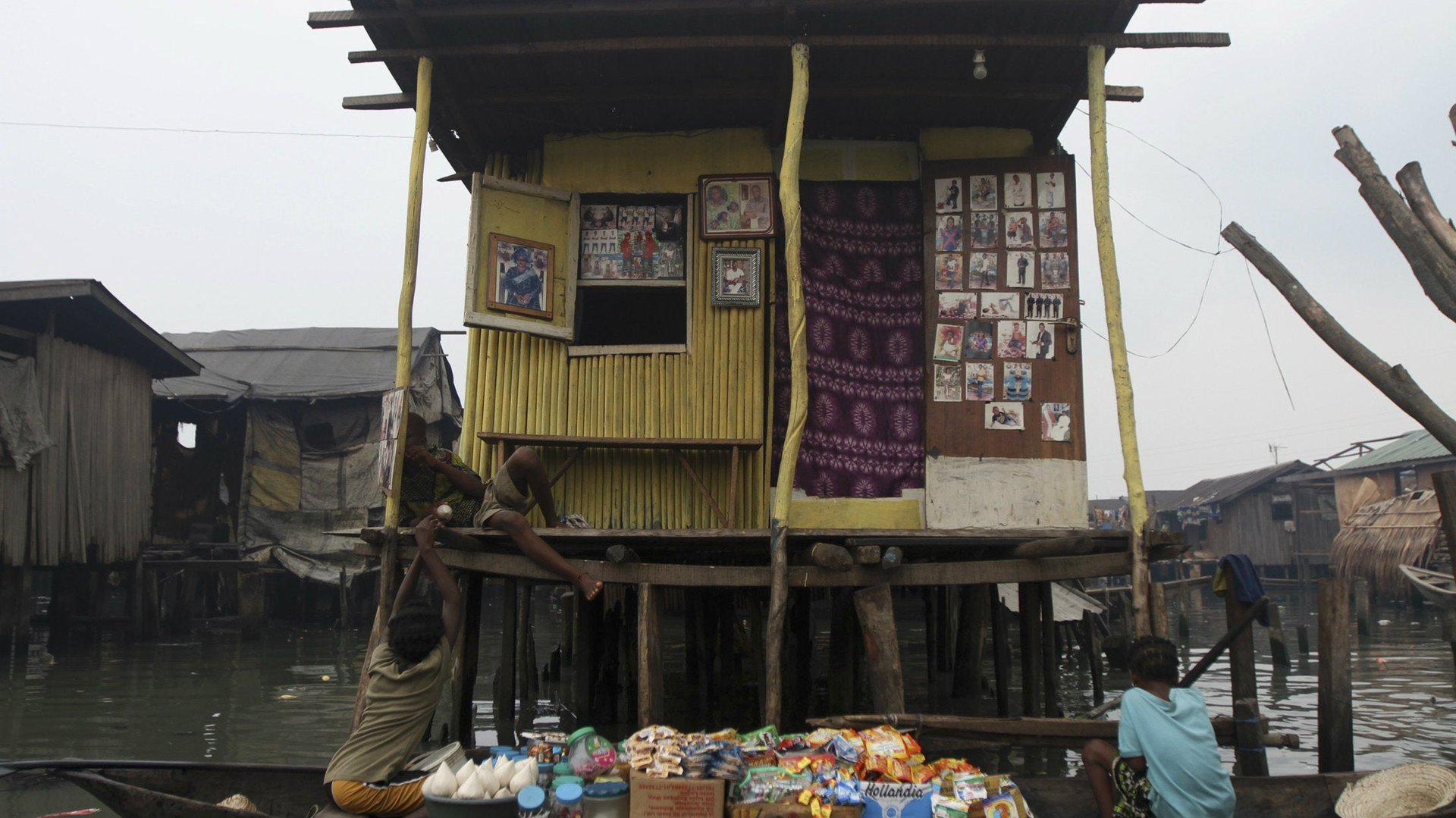
An innovative new form of architecture, argues Adeyemi, could revolutionize these communities, and make them less vulnerable to the elements.
“What if we begin to think of a new form of urbanism which has areas for high-rise and low-rise buildings, and as you move away from the coast, you create recreational facilities, swimming pools, parks, housing, agriculture and all kinds of things that would essentially produce a new form of architecture, and living on water,” said Adeyemi, speaking at the Quartz Africa Innovators’ Summit in Nairobi on Tuesday (Sept. 14).
You can watch his full remarks here.
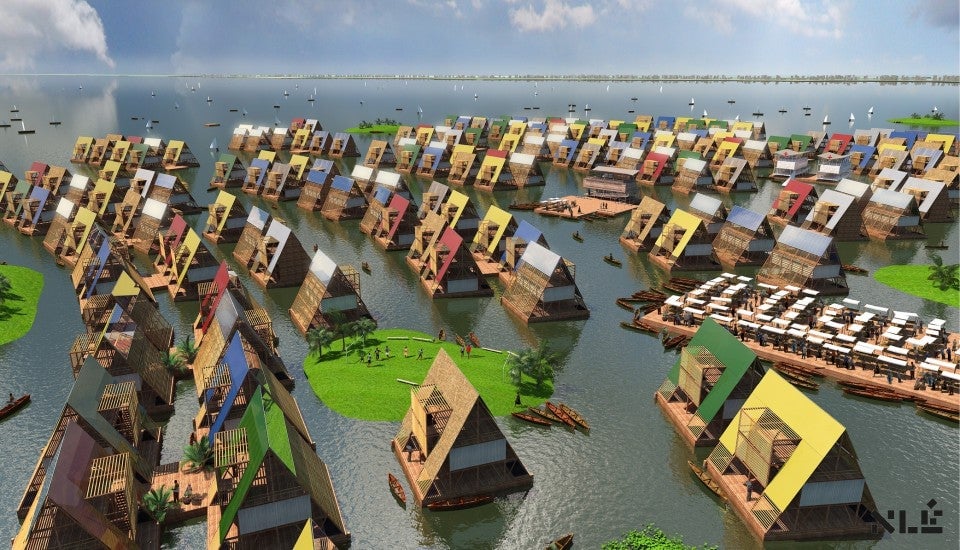
Two years ago, Adeyemi developed a floating school in Makoko, a water slum home to over 100, 000 people in Lagos, Africa’s second largest city. The A-frame structure—made out of recycled plastic barrels, wood and bamboo—is solar-powered, naturally ventilated and can store and drain water. Its triangular shape also means that it is best suited for flotation on water, as it has a low centre of gravity—helping the structure remain stable during winds.
Most homes in Makoko stand on stilts that don’t protect against flooding. They have poor drainage networks and water disposal systems known to cause health problems.
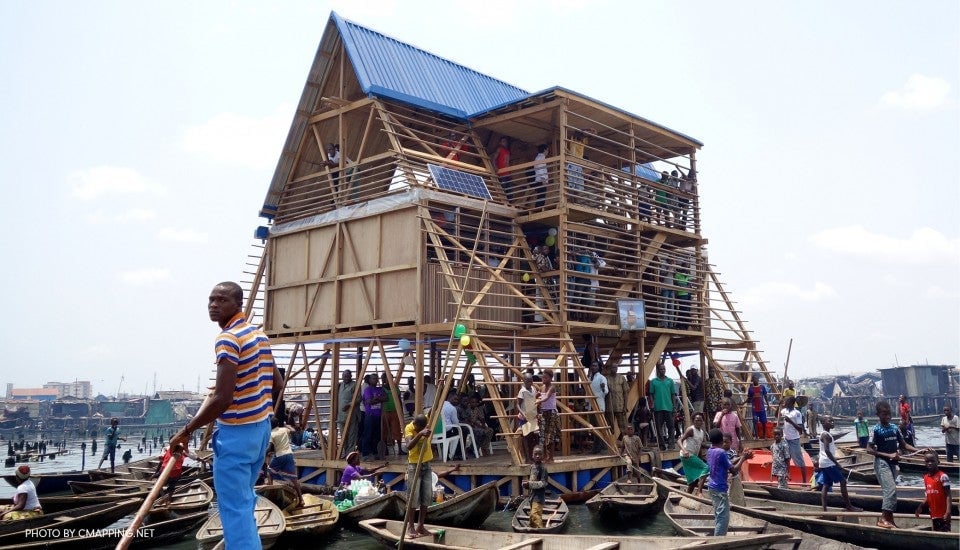
Makoko’s floating school, which accommodates up to 100 elementary school pupils, has become more than just a school. It’s become a public space for the community, and hosts gatherings, performances, and a marketplace.
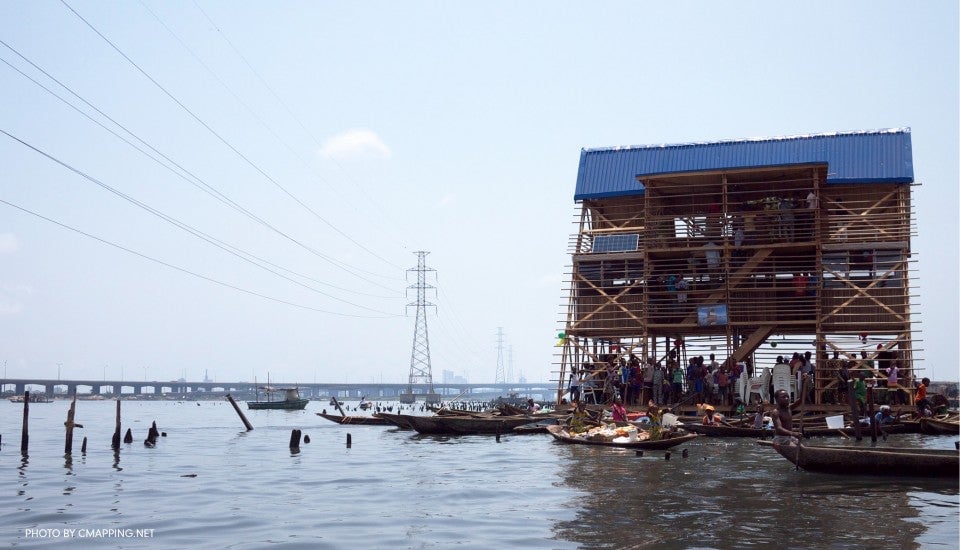
The policy gap and land tenure
Adeyemi’s idea may help unlock another frontier for the residents of Makoko: securing land tenure—the legal right to own, occupy and use land.
Obtaining a title of ownership is expensive and tedious for many Makoko residents. Even when they are the proprietors of their own homes, many slum dwellers do not think that their dwellings are worth registering for formal land titles.
But in a research paper on slum upgrading and land tenure, Paul Syagga, a professor of land economics at the University of Nairobi, argues that (pdf, pg. 6) obtaining land tenure could encourage slum dwellers to upgrade their dwellings to meet regulation, and protect them against harassment and forced evictions.
Makoko has a history of government-led evictions, with authorities arguing that the slum buildings pose health and security risks to its residents. Three years ago, more than 200 people were left homeless after the Lagos State government ordered a demolition exercise, which was halted a few days later.
Innovations like Adeyemi’s floating school could help convince government that sustainable urban development is possible in water slums. Adaptable structures—like Adeyemi’s floating school, which is carefully designed to meet the needs of the people while tending to specific challenges like sanitation issues and the risk of flooding—provide a new model for upgrading water slums into livable areas. More architecture like this would make it easier for the local government to approve building plans and grant legal titles of ownership to small property owners.